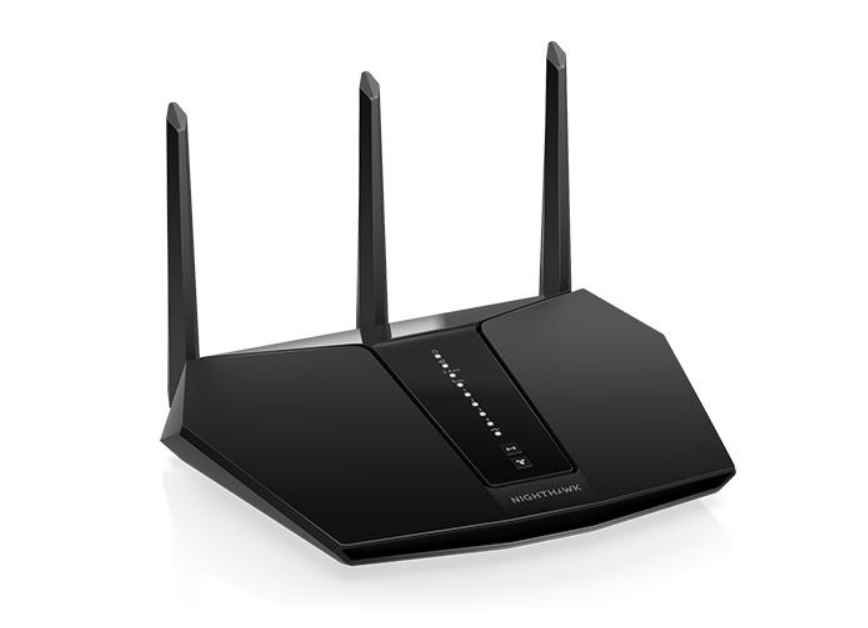Because IoT devices often have weak security and are easily hacked, the Internet of Things (IoT) has been an increasingly attractive target for cyber assaults in recent years. This is due to the fact that IoT devices are connected to the internet. Pwn2Own was a competition held in Toronto in the last year that focused on hacking into Internet of Things (IoT) devices such as printers, routers, network-attached storage (NAS) devices, routers, and smart speakers. The competition was organized by the Zero Day Initiative (ZDI), which aimed to bring attention to the vulnerabilities of IoT devices and encourage better security practices from manufacturers. This competition invited skilled hackers to showcase their expertise in locating and exploiting flaws in the devices being used. As part of their investigation and participation in the Pwn2Own Toronto hacking competition that took place in December of last year, Team82 exposed five vulnerabilities that were found in NETGEAR’s Nighthawk RAX30 routers.
If an exploit is successful, an attacker may be able to monitor the online activities of users, hijack users’ connections to the internet, and redirect traffic to malicious websites, as well as insert malware into network traffic.

These vulnerabilities might potentially be used by an attacker to obtain access to and manage networked smart devices (such as security cameras, thermostats, and smart locks), modify router settings (such as passwords or DNS settings), or exploit a network that has been hacked to launch attacks against other devices or networks.
NETGEAR products come with a dedicated server known as soap_serverd that operates on port 5000 (HTTP) and port 5043 (HTTPS). This server serves as a programmatic application programming interface (SOAP) for the router.
Users are given the ability to query the device and make changes to its settings thanks to the available API. The NETGEAR Nighthawk App for iOS and Android is the primary client that connects to the server. The vulnerabilities that were targeted are listed below.

They are able to extract the device serial number by using the CVE-2023-27357 vulnerability, which is known as Sensitive Information Exposed Without Authentication.
By using CVE-2023-27369, also known as an SSL Read stack overflow, researchers are able to deliver an HTTPS payload without being constrained by size requirements.
They are able to create a payload that is sufficiently large to replace the socket IP, bypass authentication, and obtain the device settings by using CVE-2023-27368, which is a sscanf stack overflow vulnerability.
They were able to alter the admin password by using CVE-2023-27370 (Plain text secrets in the configuration), which allowed us to access the plain-text answers to the security questions, along with the serial number that we obtained before.
Once they have updated the password, they were able to send a magic packet to the device in order to activate a limited telnet server. They get root access and remote code execution on the device by using the CVE-2023-27367 vulnerability, which is a restricted shell escape.
It is possible to compromise vulnerable RAX30 routers by chaining together these five CVEs. The most serious of these flaws allows for pre-authentication remote code execution on the device. NETGEAR has patched all five vulnerabilities uncovered by Team82, three of which were high-severity vulnerabilities that enable pre-authentication remote code execution, command injection, or authentication bypasses.

Information security specialist, currently working as risk infrastructure specialist & investigator.
15 years of experience in risk and control process, security audit support, business continuity design and support, workgroup management and information security standards.











